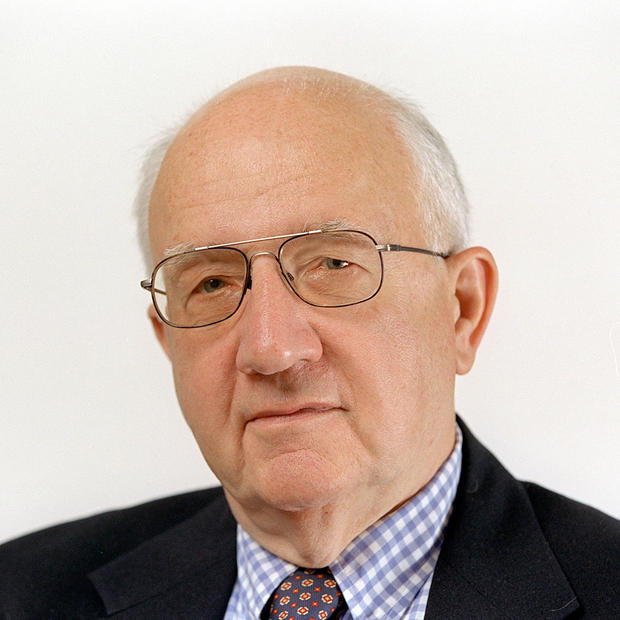I recently revisited a place quite familiar to generations of Seattle and Washington state citizens, including myself, who served in the U.S. Army. It was Fort Ord, California, which was the Army's principal infantry training base from 1917 until its closure in 1994 and final retirement in January of this year.
Draftees and enlistees from Western states did their basic training at Ord. Those doing advanced infantry training often stayed there after basic. The rest of us were sent on to other bases for training in our specialties (I was sent to Fort Holabird, in Baltimore, Maryland, for intelligence training. Holabird too has since been closed). During my time there (1957) and later it served as the 6th Army headquarters. It was a major training and embarkation center for troops who fought in the Pacific, Korea, and Vietnam.
For those who served there, Ord was memorable. The setting was dramatic. The base went inland from the Pacific Ocean front. Winds blew steadily and were cold. Mornings were fog-filled but it was quite hot a few miles inland where training maneuvers took place. I recall in particular standing guard duty one night at a warehouse situated on ocean-front dunes. The fog was so thick I could not see more than a footstep ahead as I circled the warehouse endlessly. Weekend passes typically were used for visits to Monterey or Carmel. (The base's swimming instructor was a young civilian from Carmel, Clint Eastwood).
I remember well the day of my reporting to Ord. My University of Washington friend, the late Dave Valentine, and I flew to San Francisco together and then took a bus to Monterey, where we boarded a shuttle bus to the base. I was there as a Reservist, to begin a six-month stint to be followed by several years' reserve duty. Valentine was there to begin a three-year active-duty stint, with no reserve obligation thereafter. Long-term enlistees got higher status at Ord. Dave lived in a freshly built high-rise barracks. My unit was housed in worn World War II-vintage wooden barracks. When I ended my basic training and headed to Baltimore, Dave clearly thought he had gotten the worst of it. He remained at Ord for a time but, then, got a cushy assignment at the Presidio in San Francisco (also now deactivated). He stayed there and, later, was a TV news anchorman in the city for many years.
I drove last week to what once was Ord's main gate. The roadway led from there to a relatively new Cal State campus. The campus filled only a tiny part of the former military reservation. I drove the reservation roads, trying to find my old barracks and training areas. I was unable to do so. Some buildings had been torn down and the land around them cleared. Others — including many hundreds of the old World War II barracks — remained as they were but were enclosed by security fences that closed them to visitors. Where one or two "modern" concrete barracks, as occupied by my friend Valentine, had existed in 1957, several rows of them now stood. But they were abandoned and many of their windows broken.
I could not find old reference points and there was no information center or posted maps to help. The northern part of the post had been taken over by a strip mall and commercial development. A Fort Ord Dunes State Park also had taken a large slice of the place. A few residual military installations remained, along with several blocks of enlisted family housing for those serving there.
Leaving the place I felt frustration. The dunes remained and some pieces of the old base, which had been home to 35,000 when I was there. But the familiar street grids and buildings were gone. Maybe they were there but I simply did not recognize them.
As I drove north, away from the post, I saw dozens of abandoned barracks on a steep hillside. I could not remember seeing them in the old days. They, as other barracks, were enclosed in security fences. Although the rest of the base was sunny, they remained enveloped in morning fog. I felt that there was something wrong, as if the many troops who had been at Fort Ord, many of whom had later been killed or wounded, had been shorted. Surely, it seemed, the place should have been kept in better order or, alternatively, cleared altogether. It did its duty; it should have been properly given rest.
I've since found several Fort Ord websites, containing photos and history of the place. There is even an alumni association. I intend to get there again, forearmed with a map of the old facilities. I will find one. If you served there, as so many here did, I urge you to revisit as well. No place quite like it as a setting — and not easily forgotten.



